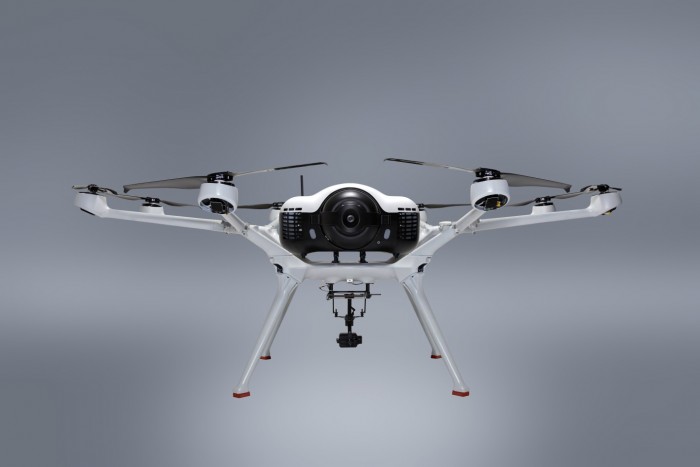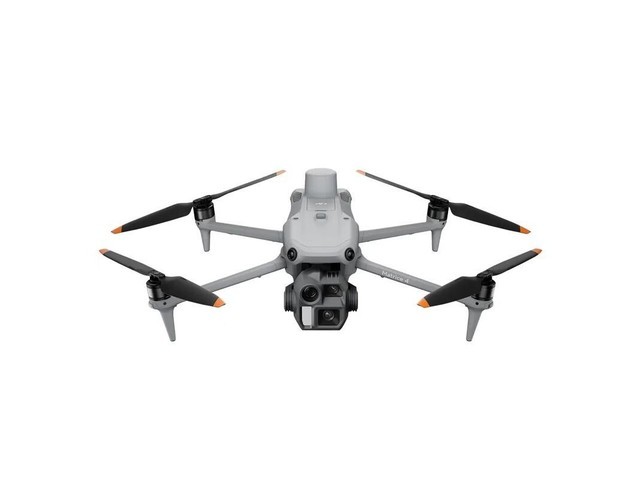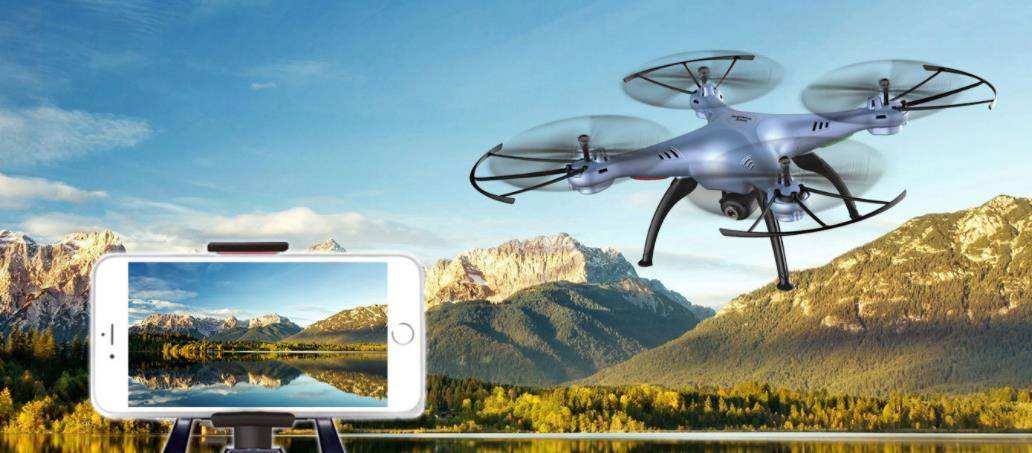The concept of human drones has taken a revolutionary leap in the past decade, reshaping industries ranging from transportation to emergency response. These advanced flying systems are no longer confined to sci-fi movies; they are tangible realities driving modern innovation. But what exactly makes human drones a groundbreaking technology and how are they transforming our lives? Let’s dive deep into this evolution.
The Evolution of Human Drone Technology
Over the past years, the term human drone has gained significant popularity. The initial drones were primarily used for military purposes, but today, they have a wide variety of civilian applications. The intersection of robotics, engineering, and AI has made it possible for human-carrying drones to be both safe and efficient. Companies worldwide are investing billions in R&D to make these systems viable for large-scale use.
Human drones, often referred to as passenger drones or human-carrying UAVs (Unmanned Aerial Vehicles), are equipped with cutting-edge propulsion systems, autonomous navigation, and advanced sensor technologies. These features enable vertical take-offs, smooth flights, and precise landings, whether they are used for urban air taxis, medical evacuations, or exploration purposes.
Applications of Human Drones
From personal transportation to emergency services, human drones hold enormous potential.
- Urban Air Mobility: Traffic congestion has been a persistent issue for decades. The introduction of human-carrying drones might make flying taxis a go-to option for short urban commutes, reducing travel times drastically. These drones are designed to fly autonomously over short distances, avoiding city traffic altogether.
- Emergency Response: Natural disasters often result in blocked roads and inaccessible terrains. Human drones can transport medical personnel, deliver supplies, or evacuate injured individuals from hard-to-reach areas. Their versatility has made them a vital component in disaster management.
- Tourism and Entertainment: Imagine soaring over scenic landscapes in a personal drone or utilizing them for immersive experiences in theme parks. Human drones are capturing the imagination of tourists and thrill-seekers alike.
Key Innovations Driving Human Drone Advancements
The rapid advancements in human drone technologies are largely driven by a few critical innovations:
- Battery and Energy Efficiency: Modern drones are powered by highly efficient batteries or hybrid energy systems designed to extend flight time while keeping emissions low.
- AI and Machine Learning: Integration of AI into human drones ensures accurate obstacle detection, dynamic flight path optimization, and autonomous decision-making during flights.
- Lightweight Materials:
 Carbon fibers and composite materials make drones light enough for efficient propulsion yet strong enough to carry passengers safely.
Carbon fibers and composite materials make drones light enough for efficient propulsion yet strong enough to carry passengers safely.
These innovations make human drones more than just a niche gadget; they position them as a disruptive force across multiple industries.
Challenges and Future Prospects
Despite their promises, the deployment of human drones faces several challenges. Regulatory hurdles, safety concerns, and public trust are some of the main obstacles. Air traffic regulations are still catching up with this new breed of innovation. Moreover, ensuring foolproof safety for passengers during commercial flights is an ongoing challenge.
However, companies like Ehang, Volocopter, and others are conducting rigorous tests to mitigate these concerns. The future of human drones seems bright as urban planners and technologists are striving to make air mobility a safe, sustainable, and everyday phenomenon.
Ethical Considerations:
As the technology becomes more widespread, questions about privacy, impact on the environment, and equitable access may arise. These issues need to be addressed through collaboration between governments, technologists, and civil communities.


The Road Ahead
The development of human drones has triggered excitement and skepticism in equal measure. The prospect of autonomous flying vehicles transforming transportation and logistics is thrilling, but the road to mass adoption remains long and challenging. With continuous innovation, supportive regulation, and public acceptance, the dream of living in a world where human drones are commonplace might soon become reality.
FAQs About Human Drones
- Are human drones safe to use?
- Yes, modern human drones are designed with multiple safety systems, including advanced sensors, backup propulsion systems, and emergency landing features.
- How much does a passenger drone cost?
- Costs vary widely depending on the model and features, but current estimates range from hundreds of thousands to several million dollars per unit.
- Where can human drones currently be used?
- As of now, human drones are being tested in urban centers, disaster zones, and experimental environments with limited commercial deployment.
